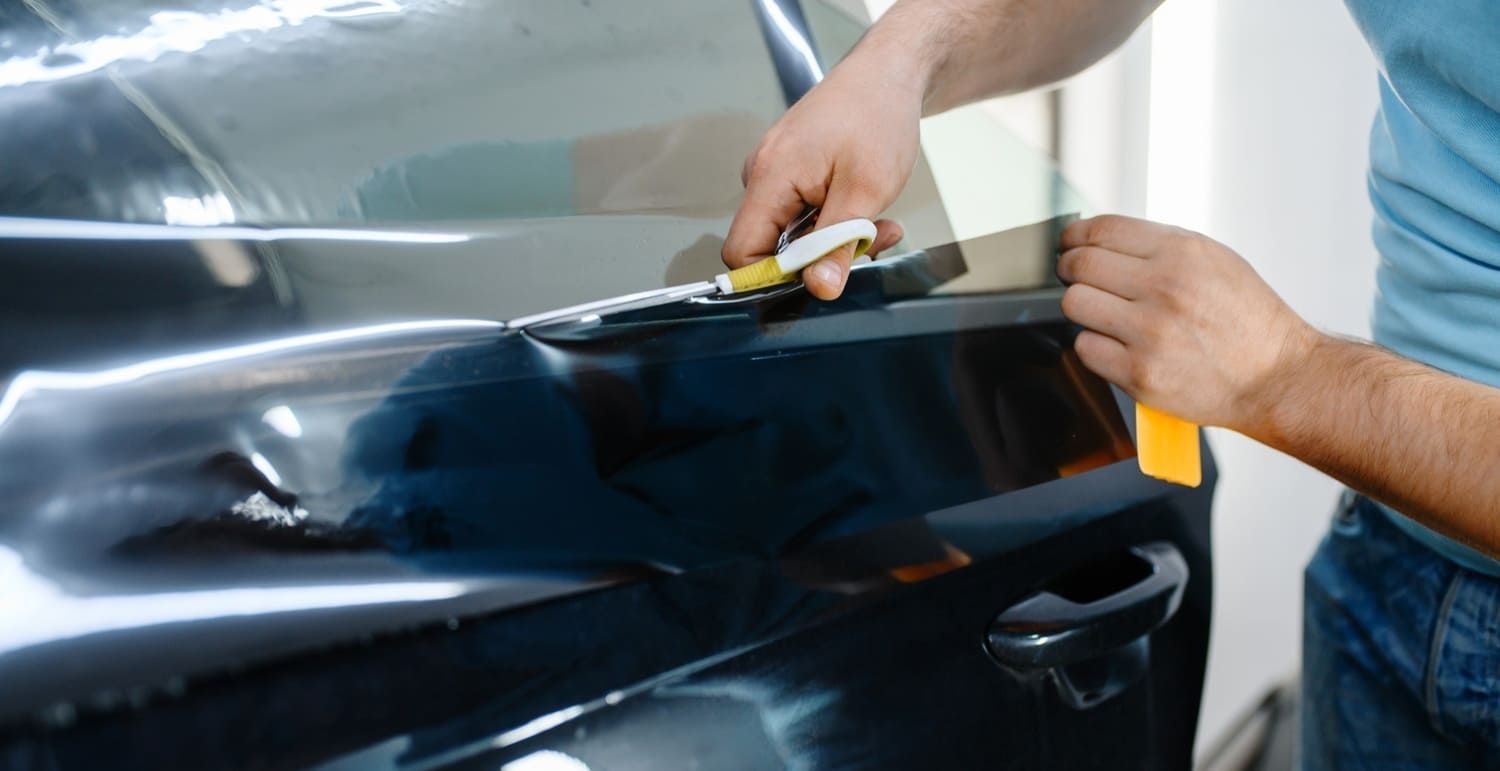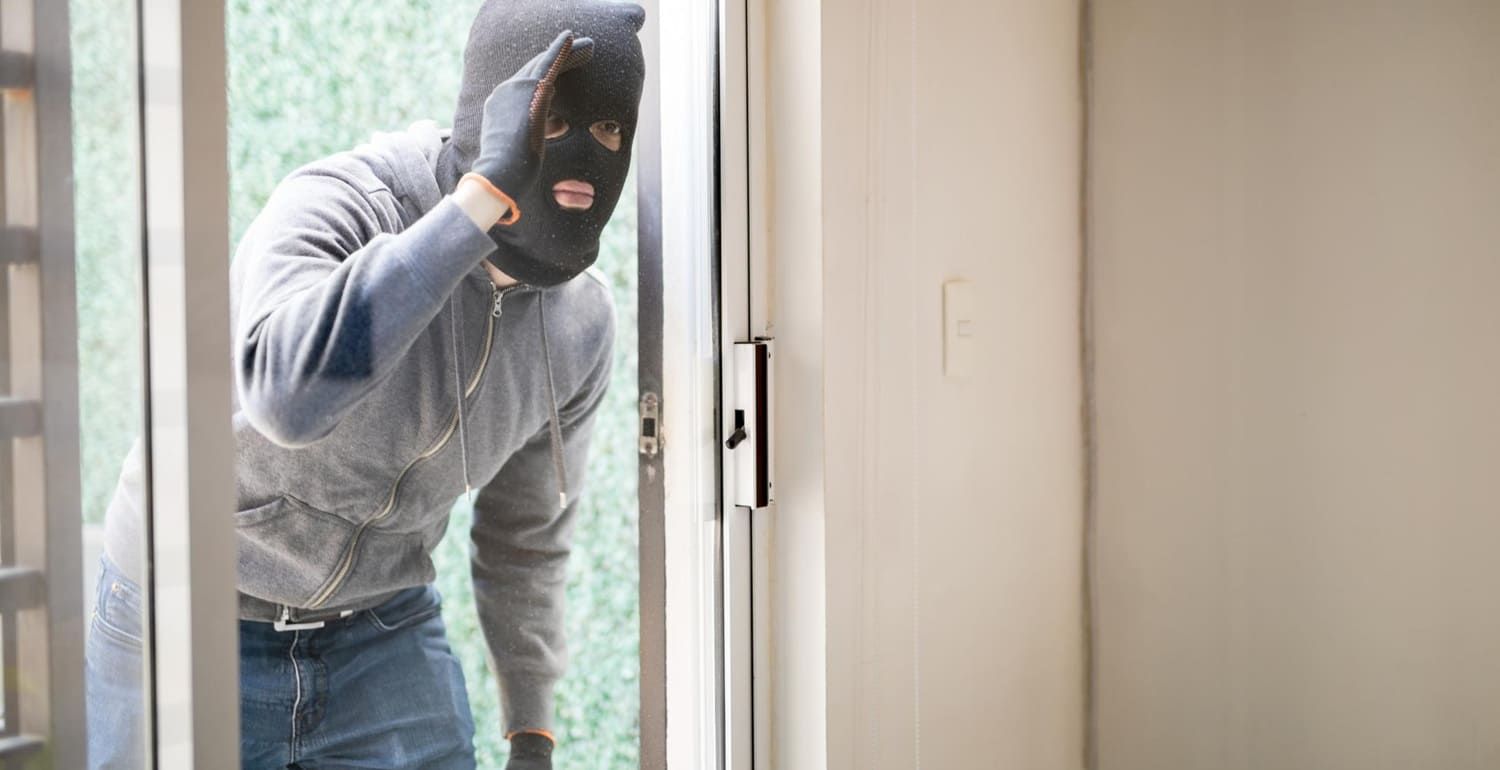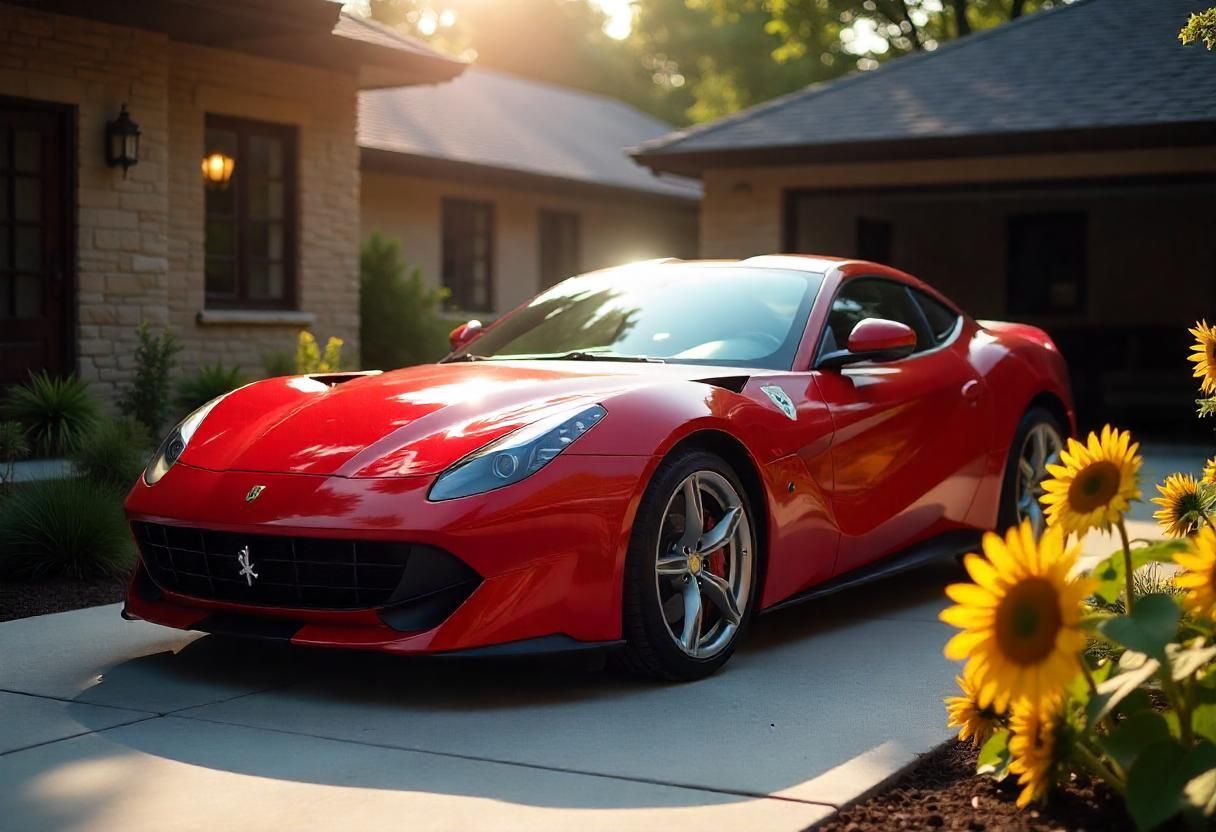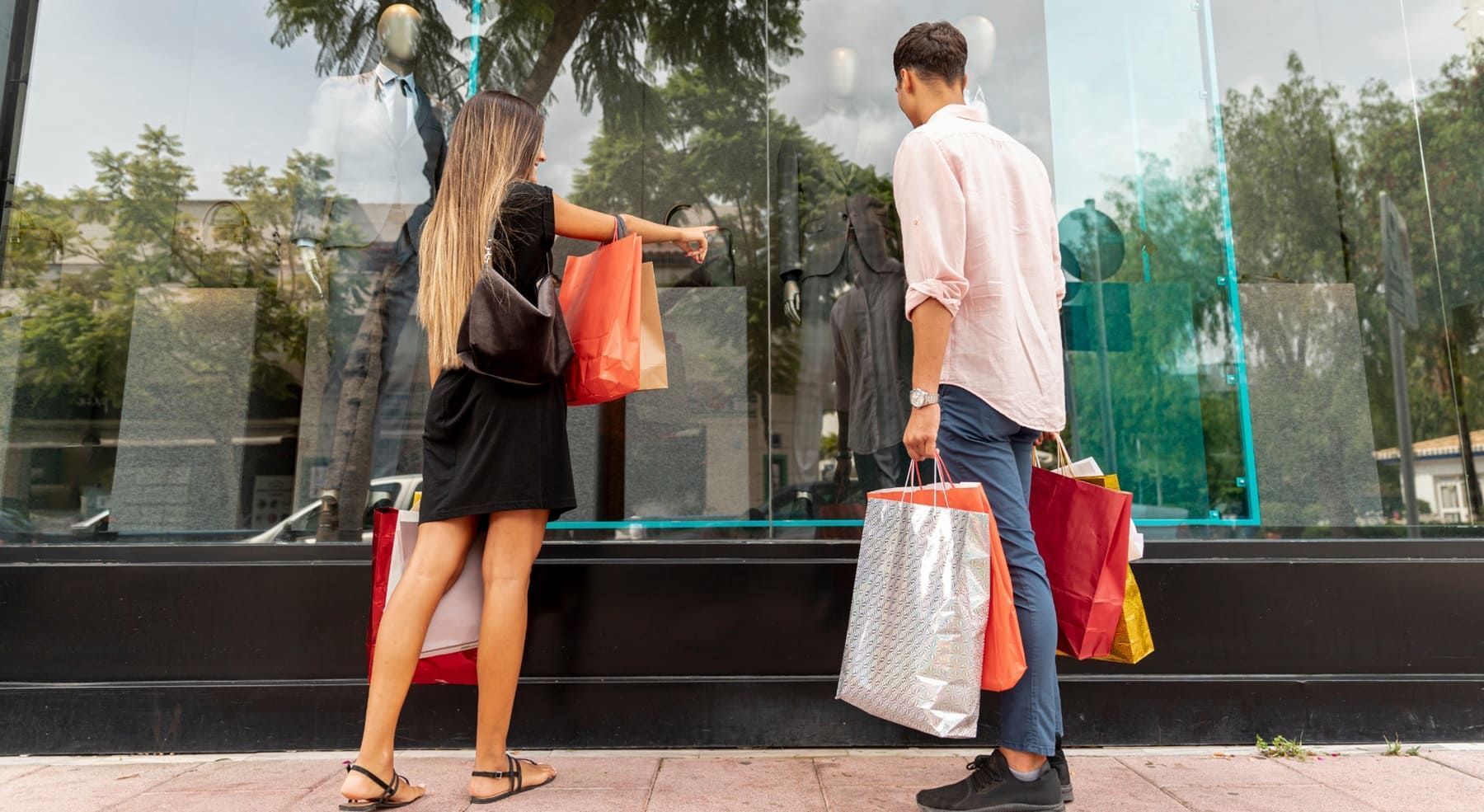5 Different Types of Car Window Tint Explained
To get the perfect look, our roundup of different types of car window tint will help guide you. Enjoy the educational review as you make your final decision.
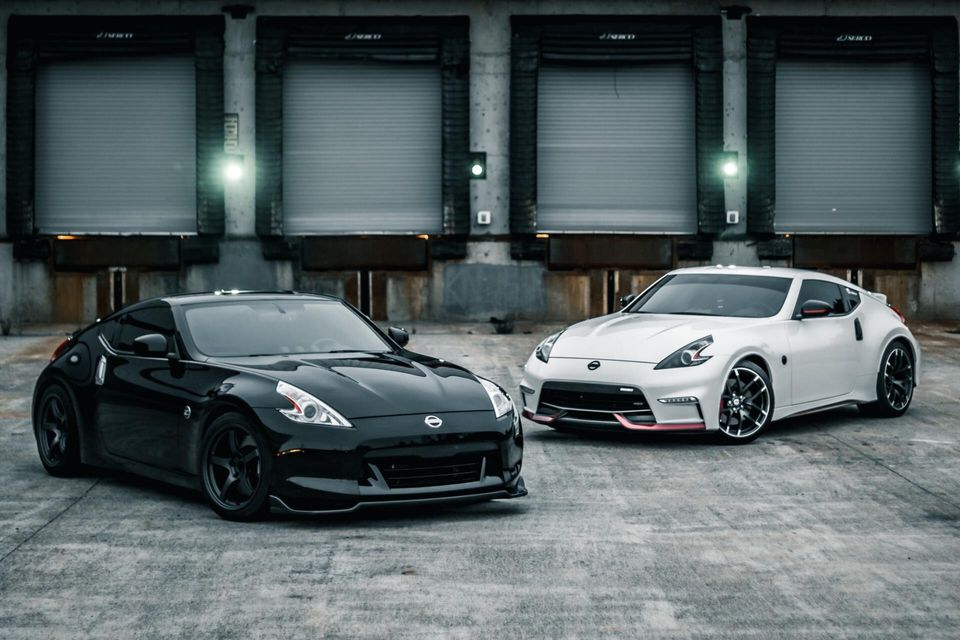
There are many advantages to car window tint. They protect against UV rays and reduce glare. And tint adds style and a custom look to your car.
But there are many different types of car window tint and at a wide range of prices. It can be difficult to know where to start and what to look for. You want to find the product that meets your needs but is within your budget.
Below is a breakdown of the many different options of window tinting you can choose from. Keep reading to find out the pros and cons of each.
Benefits of Tinting
Many vehicles come with a basic layer of tint. But aftermarket tinting remains a popular option, if for no other reason than that you get to choose the shade, color, and location of the tint. But professional products also optimize tinting benefits.
For starters, tint adds style to your car and makes it unique. It also affords privacy and security to your vehicle. It can help make unattended vehicles less of a target for potential thieves, even if valuable items are left out in the open.
Tinting gives you protection against the sun’s harmful UV rays. This can help save the upholstery in your car, as well as defend against skin cancer. By blocking the sun’s rays, tint also can help keep your car cool in the summer, while helping hold heat in during the winter.
Window tint also can reduce glare and make driving much safer. For this reason, it is becoming popular even for older drivers.
Different Types of Car Window Tint
There are many different options for achieving the benefits of window tinting. Each has benefits and drawbacks to consider.
Dyed
Dyed window tinting comprises several layers of dyed film, which absorb sunlight as it tries to penetrate the windows. You can adjust these based on the level of darkness you prefer. Dyed tint is the most affordable and common type of window tint.
The downside is that they do not offer the same level of UV protection as other products. They have limited ability to block heat from the sun as well. They also tend to fade, so they become even less effective over time.
Metalized
As their name suggests, metalized tints contain metal microparticles. They use reflection to keep out sunlight, as opposed to absorbing it. And they are much more effective at doing so than dyed tinting.
Metalized tint also is extremely scratch-resistant. They also add strength to your windows, making them less likely to shatter from accidents or impacts. The metal particles give a shinier look to your windows, which some people prefer.
One big downside to these products is that the metal particles can interfere with radio or GPS signals. This can be a minor inconvenience but is something to consider when selecting metalized tints.
Hybrid
Hybrid window tints have a combination of dyes and metal particles. They consist of several dyed layers, with a thin metal layer--usually titanium--in between.
Hybrid window tints reduce the negative aspects of dyed and metalized tinting. They have less radio interference than fully metalized ones and do not have a mirror-like appearance. Hybrid tints also are more affordable than metalized tints but more expensive than dyed ones.
Carbon
Carbon window tints are made up of carbon fiber particles that will not fade over time. They are more effective than dyed or metallic tints at blocking the sun’s rays. Ceramic tinting has a matte finish, which a lot of people prefer for aesthetic reasons.
Carbon tinting also has very strong insulating features. It reduces heat from the sun that raises the vehicle’s internal temperature by about 40 percent.
The one downside to carbon tinting is that it can be much more expensive than other products. But its durability and long life expectancy can offset the extra money you will pay.
Ceramic
Carbon fiber tinting is surpassed in performance only by ceramic tint, which blocks more than 99 percent of UV rays. Since they contain no dyes or metal particles, ceramic products will not fade over time or interfere with radio signals.
The ceramic particles do not conduct heat, so they offer the same level of sunlight reflection but with increased insulation. This means it is the most effective tint at keeping out heat from the sun, reducing its impact on the car’s internal temperature by about half.
Like metallic tints, the ceramic layer makes windows more shatter-proof. It has the added benefit of reducing glare without the necessity of a very dark tint. So, you have the luxury of adding a lighter shade to your vehicle, without impacting glare reduction.
Unsurprisingly, ceramic tint is the most expensive of these products. You will pay a premium for the gold-standard of window tinting.
Other Tint Options
There are other types of tint available, including crystalline tint that blocks UV rays but is completely transparent. While these don’t offer privacy and security, they are a good option for people who don’t like the look of window tint but want the protection it affords.
You also can buy these types of products for your home or office. They offer the same benefits of vehicle window tinting, including glare and UV reduction. And clear tint provides these protections without limiting the natural light that you want in your office or living space.
Leave It up to a Professional
Now that you have an idea of the different types of car window tint, you can better determine which one is right for your vehicle. The good news is that there is a product for almost any budget.
It is important to go with a reputable window tint specialist. Besides being able to provide you with more details about the benefits of different tinting products, a trained technician will give you the peace-of-mind that the installation is done correctly. And you can trust a professional to know the legal percentage of window tint in Florida or wherever you live.
Flying Window Tinters is a premier window-tinting company serving Longwood and the northern Orlando areas. We are a LLumar SelectPro dealer, which means we meet some of the highest standards related to products, installation, and customer satisfaction. And we offer a variety of options, so you can drive away with the perfect tint for your taste and lifestyle.

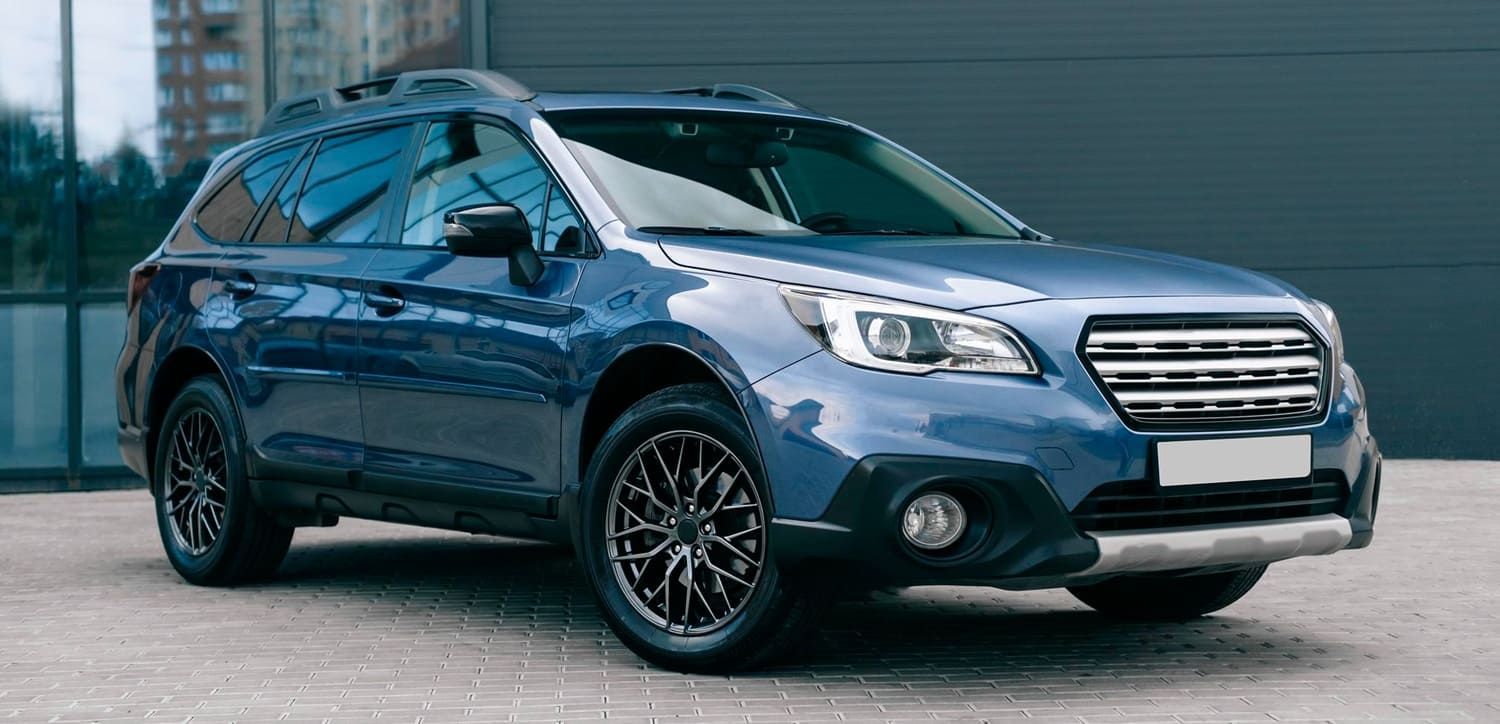

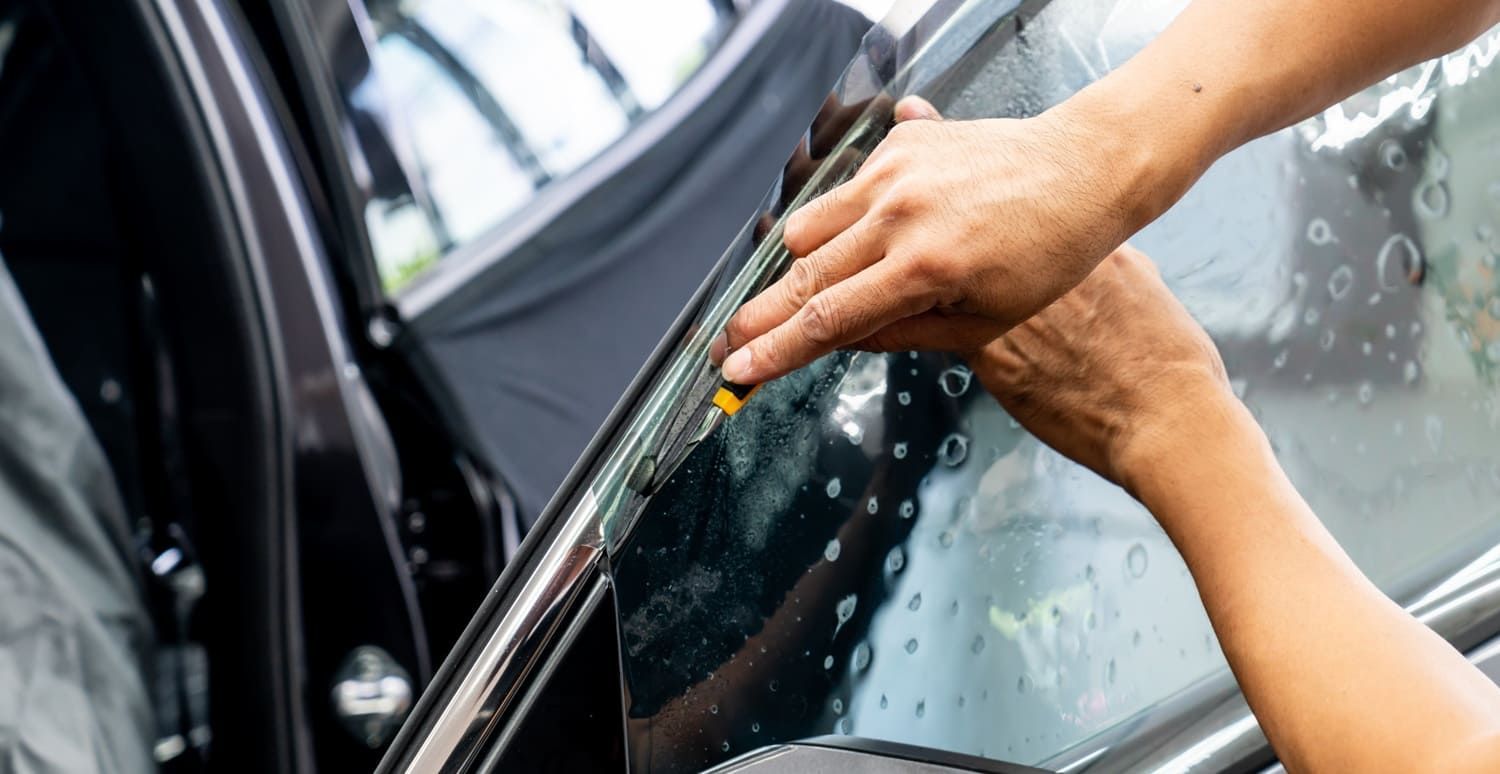








All Rights Reserved | FLYING WINDOW TINTERS


